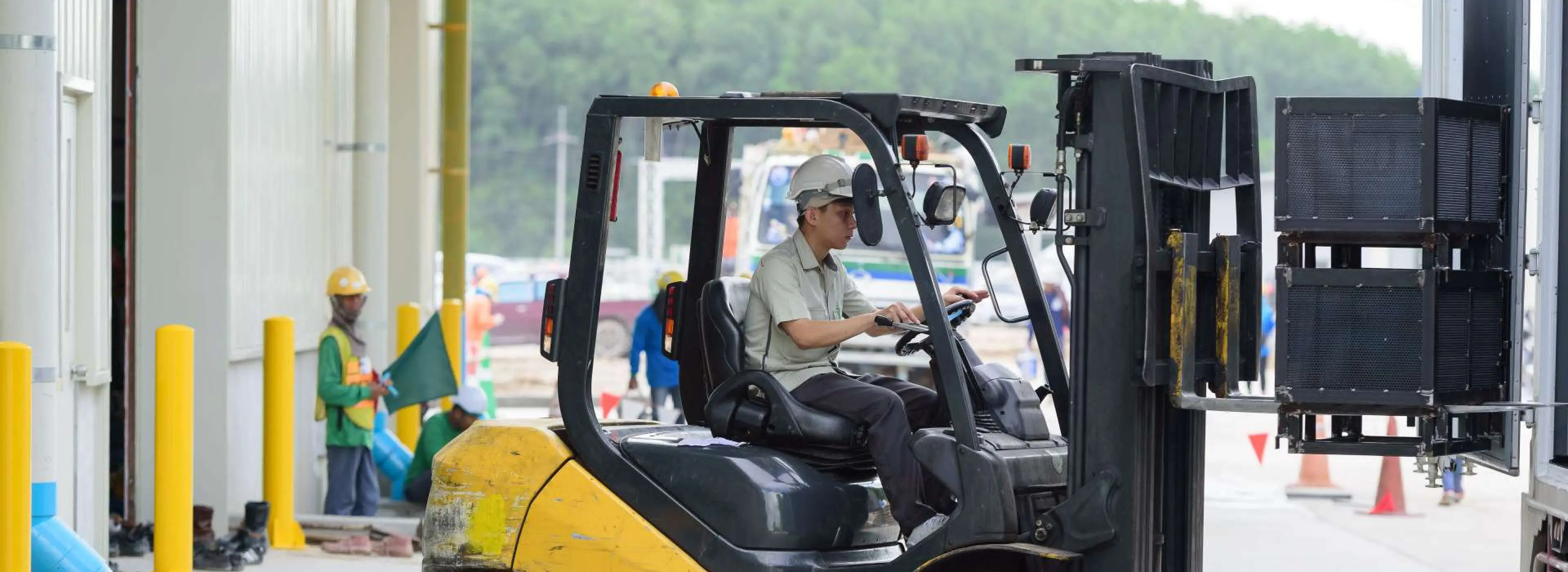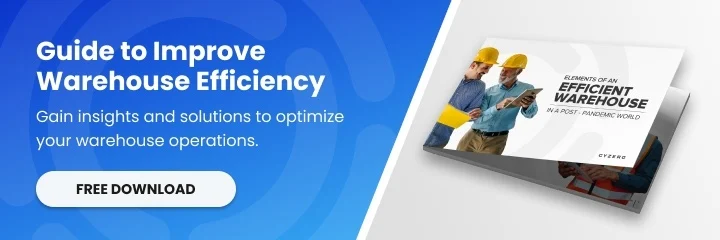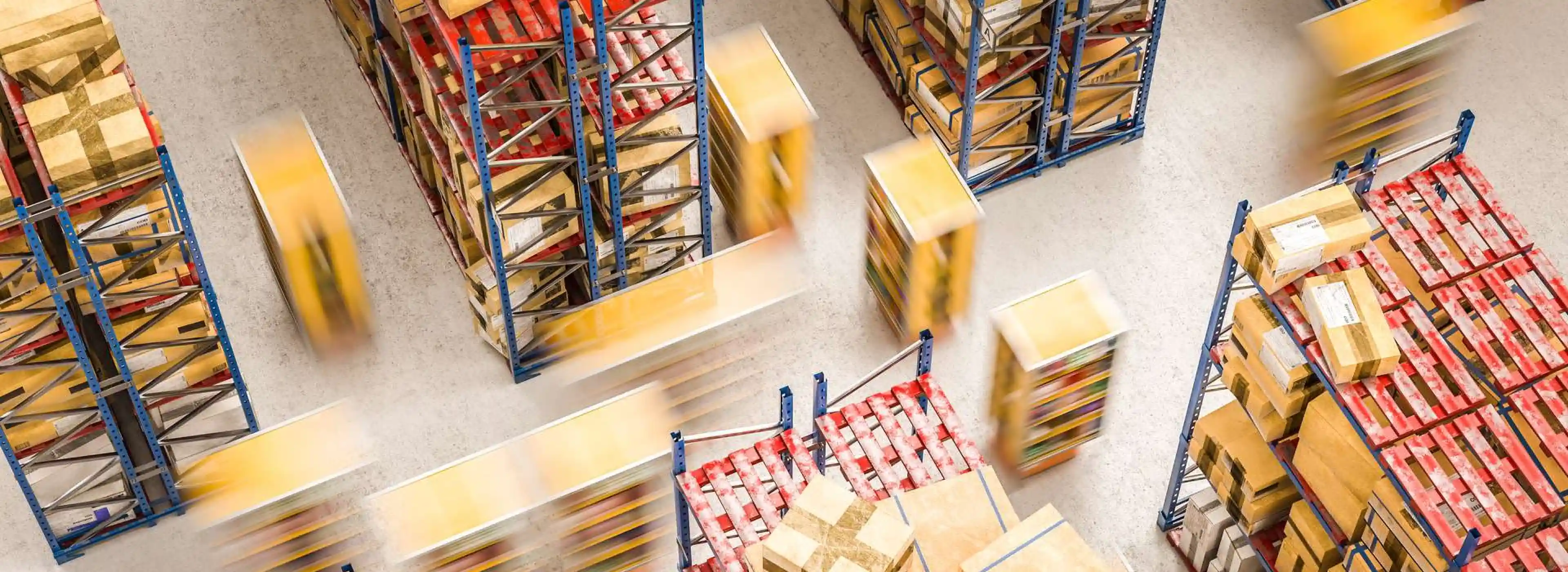If you want more warehouse content, you can follow us on LinkedIn, YouTube, X, or Facebook. You can also message us through our contact page if you have other inquiries.
The warehouse shipping process is where your products finally leave your hands and head to the customer. It’s the culmination of all your previous warehouse efforts—and a potential make-or-break point for customer satisfaction. An inefficient or error-prone shipping process can lead to late deliveries, unhappy customers, and damage to your bottom line.
Click Here: Optimize Your Warehouse With This Advanced and Affordable WMS
This guide breaks down the key steps in the warehouse shipping process, from order receipt to carrier selection. You’ll learn how to optimize each stage for maximum efficiency, reduce costly errors, and ensure your products reach their destination quickly and safely. Whether you’re looking to streamline your existing shipping operations or build a robust process from the ground up, these insights will help you succeed.
The Objective of Warehouse Shipping
It is essential to remember that shipping is considered successful only if the right order is sorted and loaded, dispatched to the right customer through the right transit mode, and delivered on time.
Since shipping is the last warehouse process, it is important to keep in mind that all processes before it has a direct impact on its efficiency and effectiveness. Let’s run through the processes that precede and those that comprise it. Subsequently, we will also explore how we can optimize each of these processes.
Ordering
If you need to process an order from a customer, communication is paramount. To avoid miscommunication and reduce costs, it is highly recommended to offer customers an online portal to see their inventory, select the items they want to ship, and submit the order for processing.
Once the order is placed by the customer, the system must produce a picking list and/or loading guide with the items the customer has selected. It is also recommended that the system provide special fields for customers to enter detailed instructions if needed, e.g., for re-packaging instructions.
While the portal will help address many of the problems related to the ordering process, other direct forms of communication such as phone, email, and messenger should also be available. But, do require your customers to place orders through the online portal as much as possible. This will reduce errors while increasing efficiency and accountability.
Putaway & Picking Processes—Right Technology and Methodology
The putaway process may seem too far off from that of shipping to matter. However, the location of goods has a great impact on shipping. If goods have been appropriately placed considering order frequency, lead times can be shortened effectively, thus rendering shipping more convenient and efficient.
Placing frequently ordered goods in the most handy location, occasionally ordered goods a little farther, and rarely ordered items farther still helps reduce picking time – Review ABC analysis here.
Picking efficiency can be achieved by deploying the right picking methodology and technology. The use of wearable and mobile technology can expedite the process by allowing pickers to freely move across the warehouse while Radio Frequency Identifiers (RFID) tell them with precision where the goods are stored.
To learn more about how to optimize this warehouse process, read our previous blog: Optimizing the Warehouse Picking Process.
Only those picking teams that yield more than 99.9% accuracy don’t need checking.
The rest of them do need checking until this figure is achieved. If you let this one slip, you may lose accuracy.
Packing and Labeling Processes—Automation
Packing comes just before shipping and thus affects the latter immensely. Here is how you can increase the warehouse process flow efficiency in this case:
In the case of individual items:
When pulling one order at a time, packing and labeling them immediately is recommended—here, mobile printers come in very handy. As an added measure, you may also want to insert documents and invoices as you pack each order.
If there is a possibility of damage while in transit, add protective packing such as foam pallets, polystyrene, air-filled bags, bubble wrap, shredded paper, etc. You might also want to have personnel performing quality control if there is a history of pickers damaging goods.
Since this is an activity that increases shipping time,
The trade-off is between doing it manually and automatizing it.
If the cost of the time lost exceeds the cost of installing and running packaging machines such as carton erectors and packing robots, automation is certainly the answer.
In case of batch pick:
Batch-picking does not allow packing and labeling as in the case of individual item-picking. This method will require you to separate each order and check for accuracy during the packing phase.
Here, a picking list and/or loading guide enumerating the products associated with an order and a barcode to compare what is being picked versus what was ordered can significantly reduce the problem of shipping the wrong items and/or wrong quantities.
Once the orders have been checked for accuracy, they are packed into cartons (depending on fragility, protective packing is added) and labeled. Once pick and pack operations have been accomplished without error, comes the turn for the shipping process itself.
Shipping Process
Here, you take the final measures to assign the transit mode and prepare shipment orders accordingly. This includes:
Weighing and Dimensioning:
For some warehouses and distribution centers, the next thing is to measure weight and dimensions. In the case of parcels, whether they are single items or consolidated cartons, some warehouses or distribution centers are required to record the weight and dimensions on the label.
To do this efficiently while reducing the chance of error, it is recommended to implement an inline scale & dimensioner solution that is fully integrated with the Warehouse Management System (WMS). As the cargo moves down the conveyor, weight and dimensions are automatically captured and recorded in the WMS without stopping the flow of cargo.
If you are considering investing in a dimensioning system, here are 8 factors to consider before adopting a parcel dimensioner.
Documentation:
In the absence of mandatory documentation (which will vary in each case), shipments can be stalled. Depending on the nature of the shipment, here are a few documents that you may need:
- Cargo Document
- Shipment Labels
- Bill of Lading
- Certificate of Origin
- Advanced Shipping Notice
- Export Declaration from Shipper
- Export License
- Inspection Certificate
- Insurance Certificate
- Invoice
If any of this documentation is required, having a WMS capable of producing it or having it on-hand/ready-to-use is critical.
Loading:
The basis for an efficient loading process is a well-planned load strategy. Either through standardization of cargo or a WMS that can produce a loading guide for shipping, personnel must have clear loading instructions on how to properly load the cargo.
It is recommended to rely on the WMS to produce such guides because they often consider package constraints and characteristics such as weight, dimensions, hazmat, fragility, and more.
To make this accurate, go for software that helps you with pallet configuration, container planning, and trailer loading to ensure optimum utilization of space and resources.
Another best practice that does not require system involvement but can speed up the warehouse process is to have ready-to-ship cargo in predetermined areas (loading queues or staging areas) as close as possible to shipping docks.
Also, warehouse managers need to ensure they have enough manpower and the required equipment to execute loading tasks.
Separating receiving and shipping docks is recommended, but if that is not possible, warehouse managers must schedule the two distinct processes in such a fashion as to prevent congestion and confusion at the docks.
Warehouse Shipping Process Best Practices
- Ensure that picking and documentation are done well in advance of the time of shipping.
- Schedule receiving and shipping in different shifts (morning–evening).
- If your throughput is very high and you ship several times a day, it is preferable to have a manifest system that supports all modes of transportation you use for shipping.
- Logic-based warehouse tech for shipping can substantially lower costs by determining the most optimal carrier and transport method for shipping any order. Complex logic can also enable you to make intelligent choices in case the carrier and/or method are inexpensive but inefficient.
- Always keep the shipping docks clean and decluttered, and avoid having personnel unrelated to this process in this area while shipping is taking place.
As we have seen, optimization of the shipping process is highly correlated with the way preceding warehouse processes have taken place. For shipping to be effective and efficient, these predecessors must be optimized. Only once the preceding processes have been streamlined can we focus on specific best practices and technologies to optimize the shipping process.
What role does technology play in optimizing the shipping process in warehouse operations?
Technology is crucial in optimizing the shipping process in warehouse operations by streamlining processes, improving efficiency, and reducing errors. It enables automation of tasks such as inventory management, order processing, and tracking, resulting in faster turnaround times and improved customer satisfaction.
To learn more about the other warehouse processes, click here.
And, if you are ready to find the solution to optimize your shipping process or any other warehouse process, go to our Solutions Finder tool.












